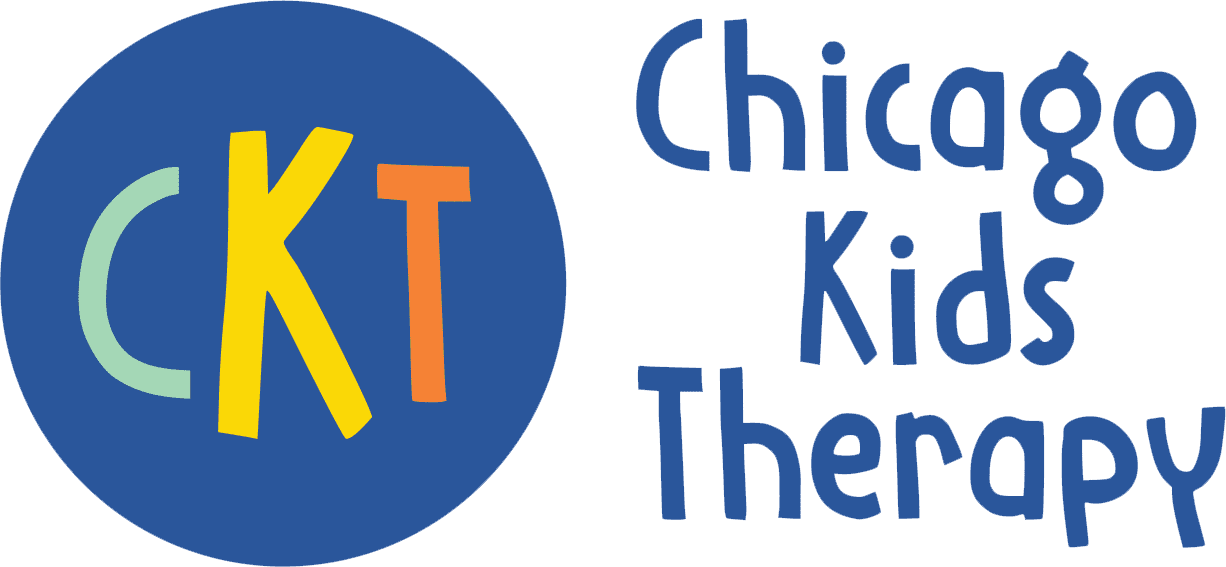Pediatric physical therapy involves interventions to improve gross motor skills in newborns through adolescents to increase overall independence and mobility. Pediatric physical therapists perform assessments of age-appropriate gross motor tasks. Treatment is then tailored to the specific needs of every child and often includes improving strength, balance, flexibility, posture, endurance, coordination, control, tone management, and motor planning. They focus on making movement more efficient, improving posture, and improving overall safety.
How is pediatric physical therapy different from adult physical therapy?
- Pediatric physical therapy is largely play-based with structured and unstructured activities.
- Pediatric physical therapists are specialists in childhood development as well as childhood disorders and diseases that are associated with movement dysfunction and motor skill difficulty. They use everyday objects and specialized equipment to challenge each individual to reach their full potential.
- Families play an important role in therapy, collaborating with the therapist to create an individualized program. Parent education and support is also an important component of pediatric physical therapy.
What are the goals of physical therapy?
- Help children reach their full potential and become as functionally independent as possible
- Increase participation with peers
- Improve motor skills and motor planning
- Improve balance and stability
- Increase strength
- Promote safety, health, and wellness
What physical therapy interventions may include:
- Therapeutic exercise
- Parent/caregiver education and training
- Functional mobility training
- Adaptive equipment and assistive technology recommendations and training
- Range of motion exercises
- Proprioception/balance training
What is the difference between physical therapy and occupational therapy?
Occupational therapists (OTs) help children develop fine motor skills requiring the coordination between small muscles, like in hands, fingers, and eyes. They work on skills that are necessary for daily activities including writing, grasping, and self-care, such as getting dressed, brushing teeth, eating, toileting, and bathing. Additional areas they specialize in include sensory processing, self-regulation, visual-motor integration, visual perception, and executive functioning.
| Physical Therapy | Occupational Therapy |
|
|
Will my child need both occupational therapy and physical therapy?
It varies for every child. Since each therapy focuses on different functional tasks and skills it all depends on what your child may need assistance with.
